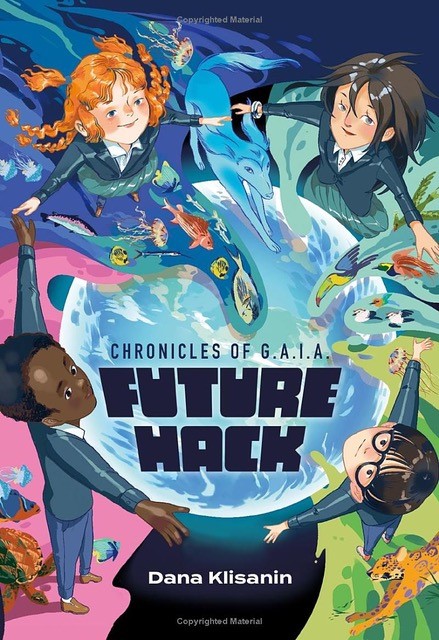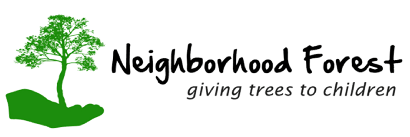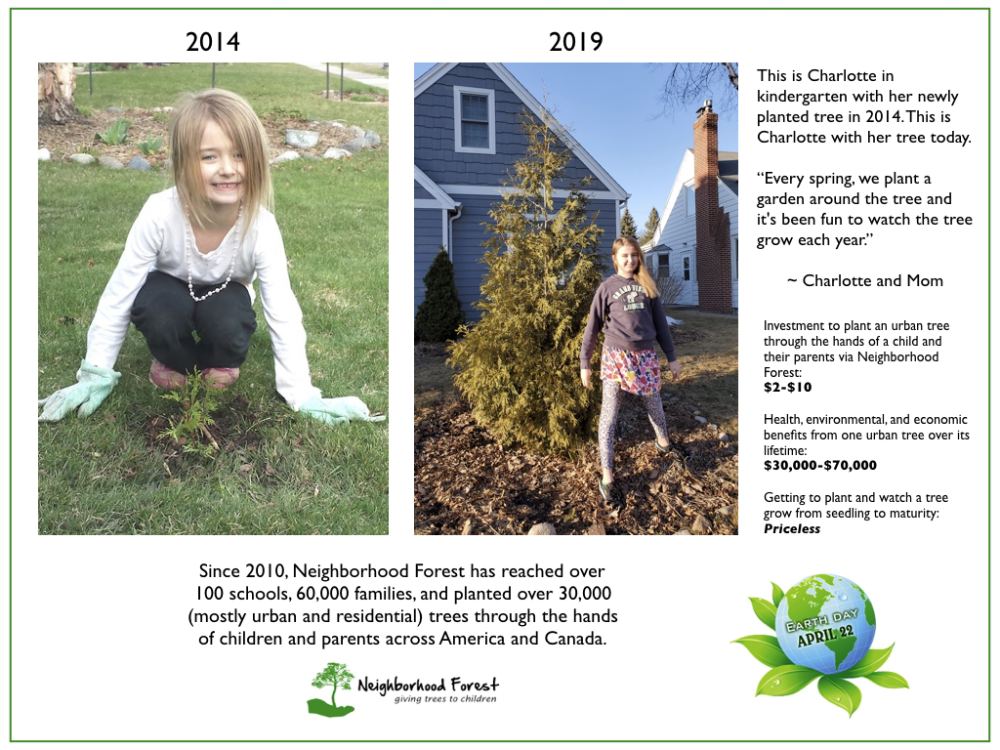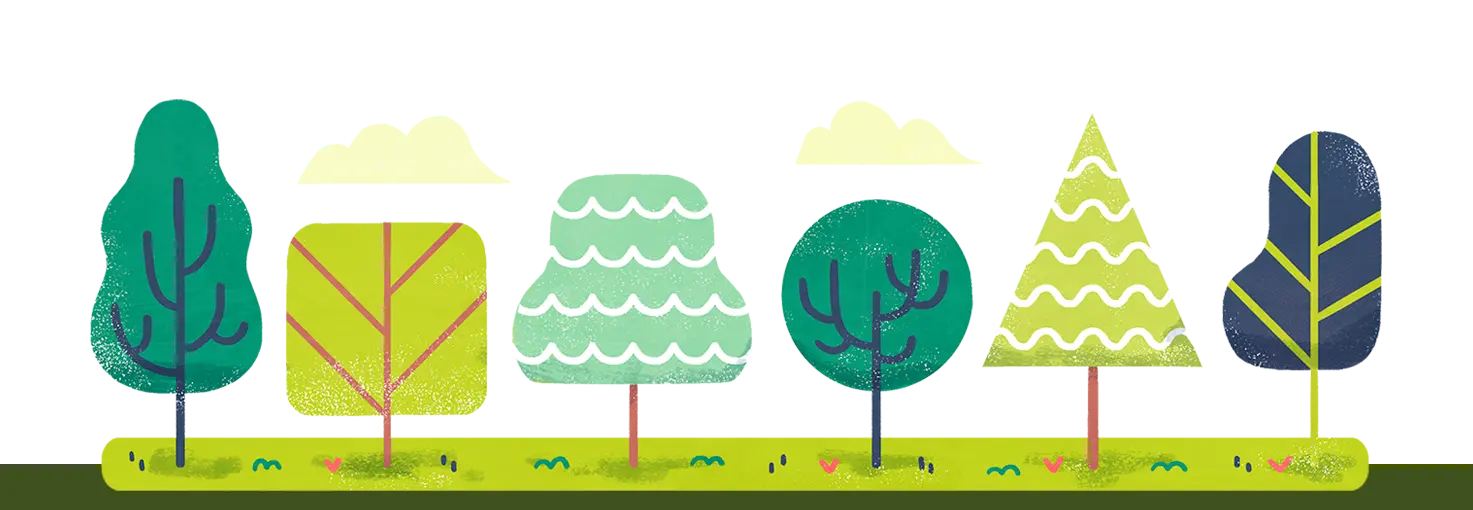February 12th, 2024
Collaboration Inspires Young Climate Activists Through Trees and Books
In honor of Earth Day 2024, Neighborhood Forest joins with acclaimed author and futurist Dana Klisanin to engage and inspire young climate activists.
Every Earth Day, Neighborhood Forest gives free trees to kids through schools, libraries, and youth organizations that register with the program. The nonprofit has even pinned a tree at every location where a child in their program has planted a tree over the past ten years.
This month, when parents and guardians sign their child up for a free tree, they will have the opportunity to purchase additional educational enrichment items, including Dr. Klisanin’s book Future Hack, the captivating first installment of “The Chronicles of G.A.I.A.” series. The highly acclaimed novel emboldens middle-grade students to embrace a growth mindset in the face of crises such as climate change. Every book purchased will fund a tree for a child in the Neighborhood Forest program.

“We are thrilled about our collaboration with Dana and Future Hack to promote our shared mission of inspiring youth environmentalism,” says Vikas Narula, cofounder and CEO of Neighborhood Forest.
Dr. Klisanin adds, “I am equally excited to champion our future generation by joining hands with Neighborhood Forest to support their initiative to provide children with trees and books – immersive real-world educational tools to fuel their minds and bodies.”
About Neighborhood Forest:
Founded in 2010 by Vikas Narula and his wife, Priya Narula, Neighborhood Forest traces its roots back to Vikas’ college days in the early 1990s at Maharishi International University in Fairfield, Iowa. Introduced to a free tree project by David Kidd, Vikas, and his college friends adopted the program, distributing tens of thousands of trees to school children in southeast Iowa.
After relocating to Minneapolis, Vikas reignited his passion for giving trees to schoolchildren when his first son entered kindergarten, leading to the establishment of Neighborhood Forest. Starting with four schools in Minneapolis, the initiative has expanded to encompass over 1,500 schools, libraries, and youth groups in all 50 states across the United States and 5 provinces in Canada.
Every Earth Day, Neighborhood Forest distributes free trees to students nationwide, aiming to extend its reach to every child in North America and, ultimately, worldwide.
They have given over 100,000 kids their very own tree since 2021 and are aiming to reach 1 million children in the next few years.
With new institutions registering with the program every day, raising support for Neighborhood Forest through the current campaign is vital. For additional details, visit www.neighborhoodforest.org or contact info@neighborhoodforest.org.
About Dana Klisanin:
Featured in Forbes as one of the world’s top female futurists, Dana’s multifaceted career spans pioneering work in conscious media and global environmental advocacy. As CEO of Evolutionary Guidance Media and founder of ReWilding: Lab, she advocates for ‘rewilding the human psyche’ to improve environmental and human well-being. Her influential work, advising governments, corporations, and NGOs, includes award-winning research.
Stanford University recently published her theoretical research on resilience and the antifragility mindset in Intersections, Reinforcements, Cascades: Proceedings of the 2023 Stanford Existential Risks Conference.
About Future Hack (Chronicles of G.A.I.A. series):
Dr. Dana Klisanin introduces Future Hack, the inaugural book in the “Chronicles of G.A.I.A.” series published by Genius Cat Books. With a mission to inspire young climate activists and immerse them in the world of anticipatory thinking, the series speaks to environmental activism, education, and empowering the next generation. The kid heroes in this innovative series are recruited by the Global Anticipatory Intelligence Agency (aka: G.A.I.A.) to work on behalf of our fragile planet.




